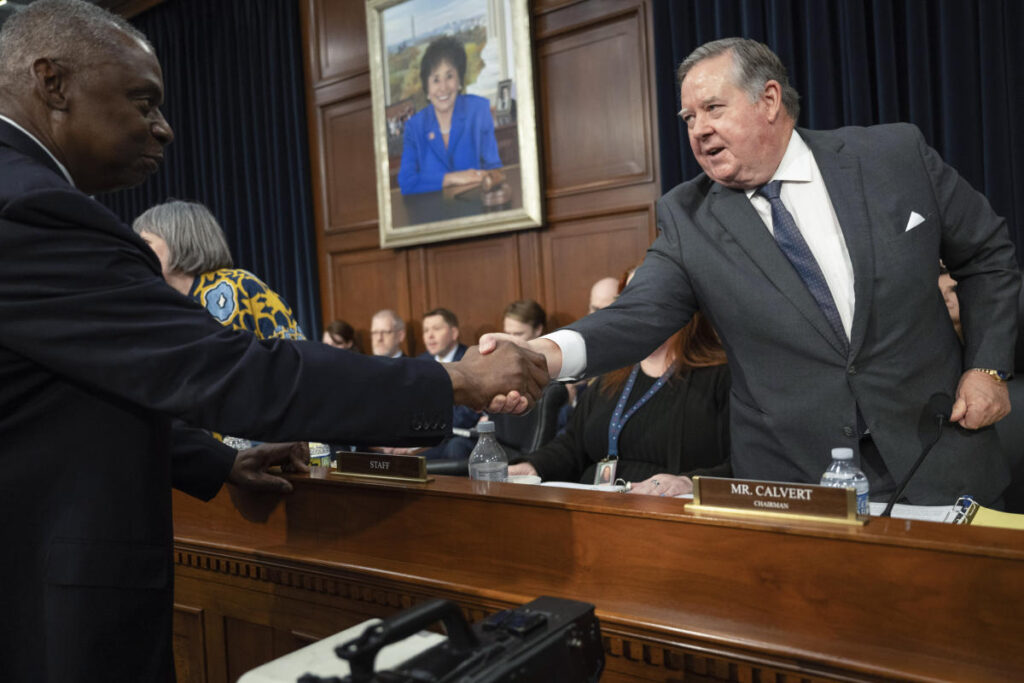As the upcoming congressional elections loom, two seasoned politicians find themselves fighting to retain their seats amid a landscape of increasing competitiveness. Representative Marcy Kaptur, a Democrat from Ohio, and Representative Ken Calvert, a Republican from California, exemplify the intense battle characteristics permeating the current political climate. With their long tenures—Kaptur having served since 1983 and Calvert since 1993—both have historically enjoyed comfortable victories; however, recent redistricting has altered their political territories, presenting substantial challenges that threaten their longstanding positions. Their races are being keenly observed, as they may serve as indicators of broader party dynamics within the House of Representatives.
Kaptur’s district, Ohio’s 9th, has transitioned from a traditionally Democratic stronghold to a more competitive environment, particularly after redistricting from a Republican-controlled legislature. The inclusion of rural areas has shifted the electorate, giving Donald Trump a slight edge in the district during the previous elections. This year, Kaptur faces Republican candidate Derek Merrin, a conservative member of the Ohio House of Representatives and a formidable opponent, uniquely positioned with robust financial backing and growing national support from party leaders. This setup places Kaptur’s extensive union ties and long-standing political alliances to the test as she navigates a changing electorate that seeks new representation in a polarized climate.
Calvert’s challenges mirror Kaptur’s in some respects, as he faces a rematch against Will Rollins, a former federal prosecutor, within the reconfigured California’s 41st Congressional District. This district has become increasingly competitive, reflecting the state’s demographic and political shifts, particularly with the inclusion of communities like Palm Springs that have substantial LGBTQ populations. Despite his past assurances of re-election, Calvert’s campaign finds itself amid a burgeoning political atmosphere, where Democratic supporters see an opportunity for a breakthrough, especially given his challenger’s significant fundraising success that has historically been uncommon for opponents of incumbents.
Both candidates have harnessed multiple campaign strategies, aligning themselves with pressing local issues while simultaneously presenting their opponents in unflattering lights. Kaptur’s challengers are focusing attacks on her positions regarding abortion rights and economic policies, while Merrin’s stance on social issues has been positioned against Democratic complaints about job growth and the cost of living. Meanwhile, Calvert has emphasized fiscal problems facing constituents, branding Rollins’ prosecutorial history in negative campaigning as a softness on crime. Each camp seeks to galvanize their respective bases—Kaptur focusing on labor support and Calvert on his traditional Republican bloc—while navigating the newly altered political landscape.
As both representatives grapple with the implications of their newly drawn districts, external funding becomes an important factor in determining which candidates can successfully prevail. The financial dynamics of both races indicate significant investments from key party organizations eager to sway election outcomes, reflecting the national importance of these seats in the larger context of House control. With spending plans blossoming into millions, outside groups are shaping candidate narratives through strategic ad buys and voter outreach, raising stakes in what are already intensely personal battles for incumbents who have served for multiple decades.
The results of these races could be indicators of broader shifts in party power, particularly regarding the Democratic challenge in traditionally Republican enclaves, as well as the Republican struggle in historically Democratic regions. The narratives surrounding Kaptur and Calvert illustrate not just their individual journeys but also encapsulate the wider battle unfolding in American politics. In an election year characterized by heightened stakes and deeply entrenched divisions, these seasoned veterans are not merely fighting for their own futures but are embroiled in a national struggle that could reshape congressional balance and the political landscape for years to come.

